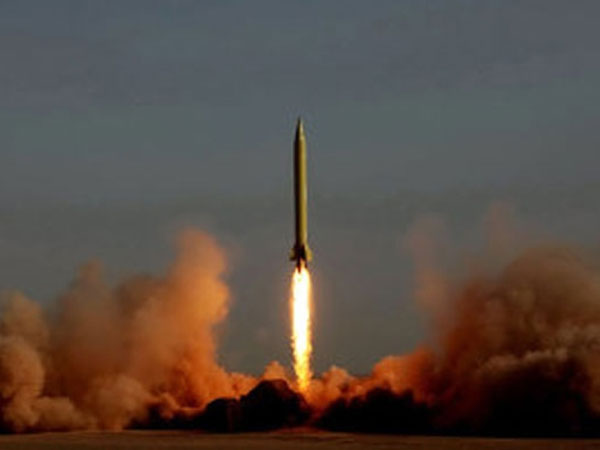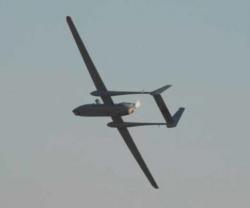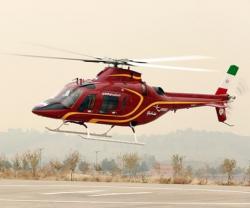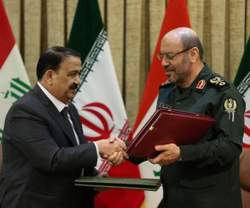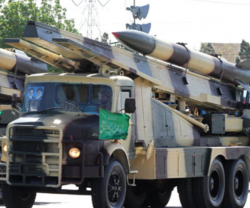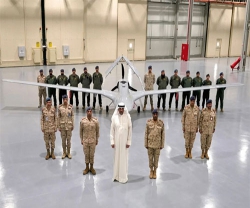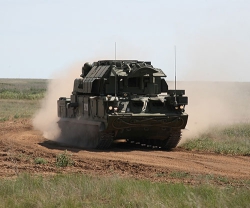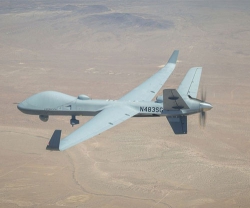Iran launched large-scale air defense drills in the country’s eastern half on Monday amid heightened tensions between Tehran and Washington over a military incident in the Gulf reported last week.
The “Velayat-4” maneuvers being held Monday through Thursday will span 850,000 square kilometers in Iran’s northeast, east, and southeast regions, or about half its total land mass.
The maneuvers include about 8,000 troops, drawn both from Iran’s Islamic Revolutionary Guard Corps (IRGC) and its regular military, several media outlets said.
“Various kinds of fixed, mobile, and tactical long-range radars, and fixed, tactical and airborne electronic surveillance systems will participate in this exercise,” said Farzad Esmaili, who heads Iran’s Air Defense Headquarters, according to state news agency IRNA.
The exercise also tests Iran’s bombers, refueling planes, and unmanned aircraft, Esmaili said.
The Iranian Students’ News Agency (ISNA) said on Monday that F-4, F-5, F-7, and F-14 fighters will participate in the exercise.
Missile and artillery systems will also be tested, Shahrokh Shahram, Spokesman for the drills, told IRNA on Sunday, and the drills will also focus on improving coordination between Iran’s military and the IRGC, a powerful domestic and international actor separate from the regular military.
Last week, the U.S. Pentagon said Iranian warplanes opened fire on an unarmed U.S. drone over international waters on November 1.
Iran said it had repelled an aircraft violating its airspace.
The incident underlined the risk of escalation in tensions between the United States and Iran in an ongoing dispute over Tehran’s nuclear program.
Although the Iranian air drills come just days after the Pentagon’s announcement, the exercises appear to have been planned well in advance. In September, Esmaili told ISNA that Iran was planning a large-scale air defense drill in the coming months.
On Sunday, Revolutionary Guards Commander Amir Ali Hajizadeh said Iran believed the U.S. drone was gathering intelligence on oil tankers off its shores, according to the Mehr news agency.
Mohammad Ali Jafari, Commander of the Guards, said his forces had acted well in repelling the drone.
“Iran’s air defense systems and IRGC fighter jets did their job and forced the aircraft out of Iran’s skies. If such intrusions take place in the future, we will protect our airspace,” Jafari said.
Iran has carried out a number of military simulations this year, including the “Great Prophet 7” missile exercises in July.
In August, Iran announced that it had tested a short-range missile with a new guidance system capable of striking land and sea targets.
Source: Reuters; IRNA; ISNA; Mehr – Photo: AFP

